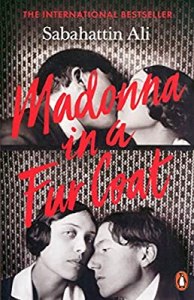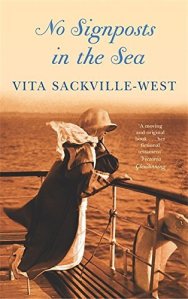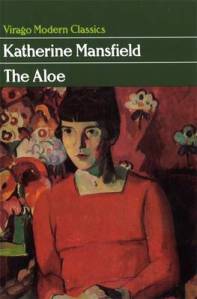Madonna in a Fur Coat – Sabahattin Ali (1943, trans. Maureen Freely and Alexander Dawe 2016) 168 pages
Madonna in a Fur Coat is set mainly in Berlin, but is bookended by scenes in Ankara, so I’m counting it as another stop on my Around the World in 80 Books reading challenge, hosted by Hard Book Habit (who unfortunately don’t seem to be blogging any more). It feels a bit of a cheat to count it as Turkey but I’m so behind on the challenge that I’m taking a few liberties!
Continuing yesterday’s theme of an elegy for a young love affair, Madonna in a Fur Coat tells the romance of a Turkish man with a visual artist in 1920s Berlin. The novel begins in 1930s Ankara, where the narrator visits his unremarkable colleague at home, and is struck by the disregard his family show him.
“It seemed impossible that a man like Raif Efendi – what sort of man that might be, I had no idea, but I was sure he was not as he seemed – that a man like this would shrink away from those closest to him.”
He feels there must be more to his quiet colleague, who is fluent in German, than meets the eye.
“Why, when we are reluctant even to describe a wedge of cheese we are seeing for the first time, do we draw our final conclusions from our first encounters with people, and happily dismiss them?”
Raif knows he may die and so he asks the narrator to destroy a notebook, which of course the narrator reads. It was written ten years after the events it documents and describes how, as a young man, Raif stayed in Berlin to learn soap manufacturing, a career he is far from committed to. One day, visiting a gallery, he becomes mesmerised by a portrait of a woman in the titular garment:
“All I can say is that she wore a strange, formidable, haughty and almost wild expression, one that I had never seen before on a woman. But while that face was utterly new to me, I couldn’t help but feel I had seen her many times before.”
He visits daily to stare at the picture, and eventually meets Maria Puder, the woman who painted the self-portrait. They begin an intense, but largely platonic relationship. Raif is inexperienced and shy:
“If I ever met a woman I found attractive, my first thought was to run away.”
While Maria is determined and self-reliant:
“This all ends the moment you want something from me.”
My tolerance for young, earnest love affairs is pretty minimal, being old and sceptical myself 😀 Yet I was able to follow the relationship between Raif and Maria with interest because I wanted to see how it was that Raif ended up ill, poor and disregarded back in Ankara; and because Maria is a well-drawn woman rather than bland love object:
“I was only too aware that I still knew next to nothing about her. My judgements were formed of my own dreams and illusions. At the same time, I was absolutely sure they would not deceive me.”
Madonna in a Fur Coat is a sad tale of lives half-lived, of ill-advised restraint and missed opportunities. I didn’t find it depressing, but it’s certainly a melancholic and mournful read.
Kim from Reading Matters reviewed this novella back in January, you can read her excellent review here.









